If you are on a low sodium diet and looking for low sodium cereals for breakfast, you are in the right place!
Processed foods, like cereal, typically contain high sodium levels.
Luckily the market for low-sodium foods (like low sodium breakfast cereals) is expanding rapidly. To make things easier for you, I’m highlighting these on this blog such as low sodium oatmeal, low sodium bagels, low sodium tortillas, low sodium taco seasoning and low sodium cookbooks.
Let’s explore the benefits of low-sodium cereals, its nutritional worth, and brands offering low sodium cereal choices.
Top Takeaways
- Low sodium cereals are a beneficial option for those on a low-sodium diet, as processed foods like cereals often contain high levels of sodium.
- Excessive sodium intake can lead to health issues like high blood pressure, heart disease, stroke, chronic kidney disease, and more. Many processed foods, including seemingly healthy ones, contain high levels of hidden sodium.
- When selecting low sodium cereals, it’s important to read nutrition labels and opt for options with fewer than 140mg of sodium per serving. Brands like Quaker, Post, Nature’s Path, and Kellogg’s offer low sodium cereal choices.
- Low sodium cereals are a convenient addition to a low sodium diet and can help reduce the risk of cardiovascular disorders, kidney diseases, and aid in weight management due to their high fiber content.
- Top Takeaways
- What Is Low Sodium Cereal
- The Problem With High Sodium Cereals
- Health Risks And Too Much Sodium
- High Sodium Cereals And Health Risks
- Choosing Low Sodium Cereals
- Reading Food Labels
- Low Sodium Breakfast Cereals Recommended By A Dietitian
- Incorporate Low Sodium Cereal Into Your Breakfast Routine
- Benefits of Low Sodium Cereals
- Low Sodium Breakfast Cereals
- Final Thoughts
What Is Low Sodium Cereal
Sodium as an essential nutrient, it is involved in many fundamental physiological and pathological processes such as blood pressure management, muscle contraction, and nerve cell communication (1). Too much sodium can have negative health effects like raising blood pressure, heart disease, and stroke.
Low sodium cereal is a type of breakfast cereal that contains a reduced amount of sodium compared to regular cereal.
General benefits of low sodium diets include reduced risk of heart disease, chronic kidney diseases, and osteoporosis. This is because reducing sodium intake can help lower blood pressure and help reduce the amount of calcium excreted in the urine which can contribute to bone loss over time.
The Problem With High Sodium Cereals
While adding salt to your food with a saltshaker can contribute to your overall sodium intake, the majority of sodium in the diet comes from processed and packaged foods. Manufacturers often add sodium to processed foods as a flavor enhancer, preservative, or to improve texture (2).
For example, when using flavor enhancement for sweetened cereals added sugar and other sweeteners can mask the taste of salt. Additionally, since it is a packaged food, salt is added to extend its shelf life. Another interesting fact about cereal processing is some cereal grains are soaked in saltwater during the manufacturing process to help soften them and make them easier to ingest (3).
I always find that it is interesting that the amount of sodium in processed foods can be much higher than what you would typically add to your food with a saltshaker.
What is even more interesting, is that even some seemingly healthy foods or low-calorie foods, such as Special K cereal, can contain high levels of sodium. For example, one serving (3/4 cup) of Special K cereal has 220 mg of sodium (4).
Another way sodium consumption can add up when eating cereal is if portion sizes are bigger than the serving size listed. For example, a typical bowl of cereal is around 1-1.5 cups, and the serving of special K listed above is 3/4 of a cup. Thus, an actual portion of this cereal would have 440mg of sodium.
Therefore, it’s important to read nutrition labels and choose lower sodium breakfast cereals whenever possible.
Health Risks And Too Much Sodium
According to health Canada 1500 mg per day is the recommended sodium intake, consuming more than recommended causes several health risks like (5):
- Stroke
- High Blood Pressure
- Chronic Kidney Disease
- Head Aches
- Osteoporosis
- Swelling
- Sleep disorder
- Weight gain
- Stomach Distress
High Sodium Cereals And Health Risks
Health risks from high sodium cereals ranges in short term and long term. Consuming a high amount of sodium disrupts the natural balance in the body (6).
Health risks like weight gain, swelling, stomach distress, and headaches can be managed by lowering your sodium intake.
Eating a high sodium diet for a long time can lead to chronic kidney diseases, cardiovascular diseases, and high blood pressure. The kidneys play a role in handling fluids, and when there is too much salt in the blood, they work overtime on a high sodium diet.
Increase in blood volume puts strain and pressure over long term causing stiffened blood vessels. This increase of blood pressure increases your chance of heart attack, and stroke.
Also, accumulation of sodium for a period of time causes harm to the bones as well resulting in the condition of osteoporosis (7).
Choosing Low Sodium Cereals
It is important to note that not all cereals are high in sodium. There are many healthy low sodium breakfast cereals out there.
Try looking for whole grain options and adding fresh fruit and nuts to your breakfast cereal to lower the sodium intake and boost the nutritional value of breakfast. This helps you stay on track with the Mediterranean diet, DASH diet, Portfolio diet, and MIND diet heart healthy eating patterns too!
It’s a good idea to look past any front of package health claims and concentrate on the nutrition facts label and ingredients list when selecting a low sodium cereal.
Try to choose cereals with fewer than 140mg of sodium per serving, so that further addition of milk and toppings don’t increase the daily value of sodium intake of the cereal bowl (8).
Reading Food Labels
Since front of package claims are not reliable, it’s important to know how to read nutrition labels.
According to USDA regulations on label, it’s important to keep an eye on following things (9):
- Serving Size
- Sodium amount – look for 140 mg or less per serving
- % daily Value – look for 5% or less per serving

Low Sodium Breakfast Cereals Recommended By A Dietitian
Among the popular brands, Quakers, Post, Nature’s Path, and Kellogg’s offer some wide varieties of low sodium cereals.
1. Post Shredded Wheat
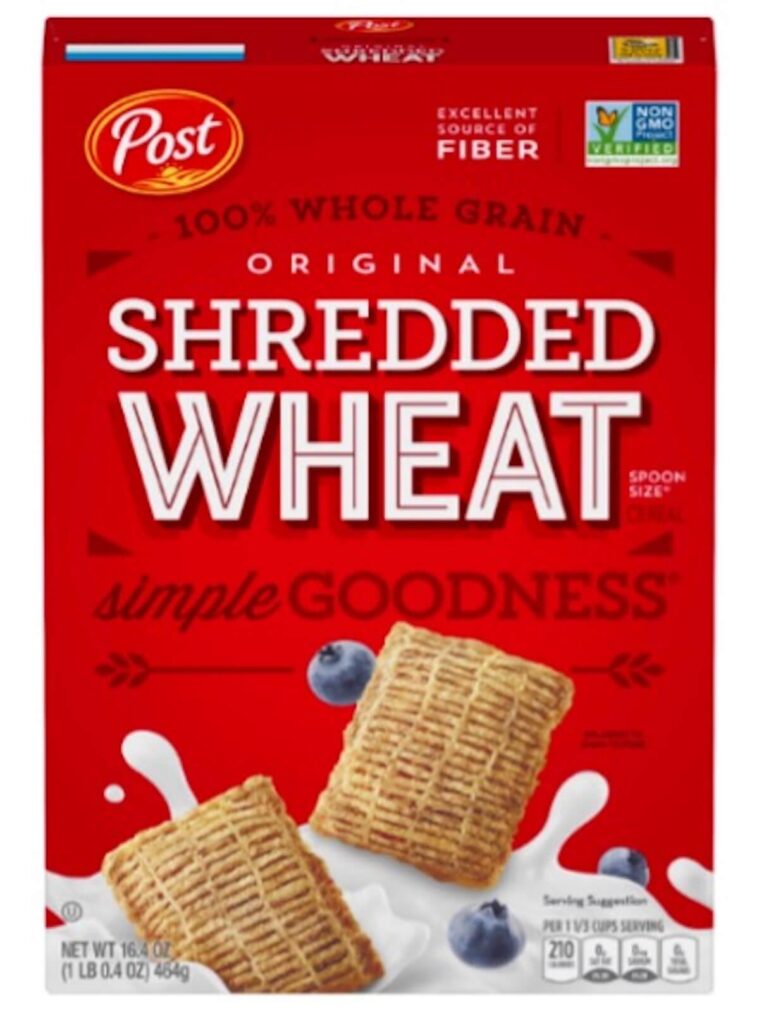
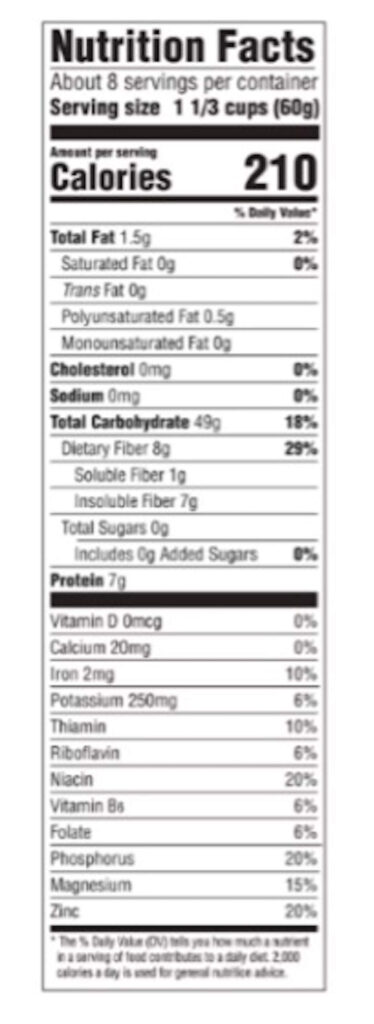
Post shredded wheat only has one ingredient – whole grain wheat! It is 100% whole grains, naturally low in sodium, and rich in fiber.
2. Malt o Meal
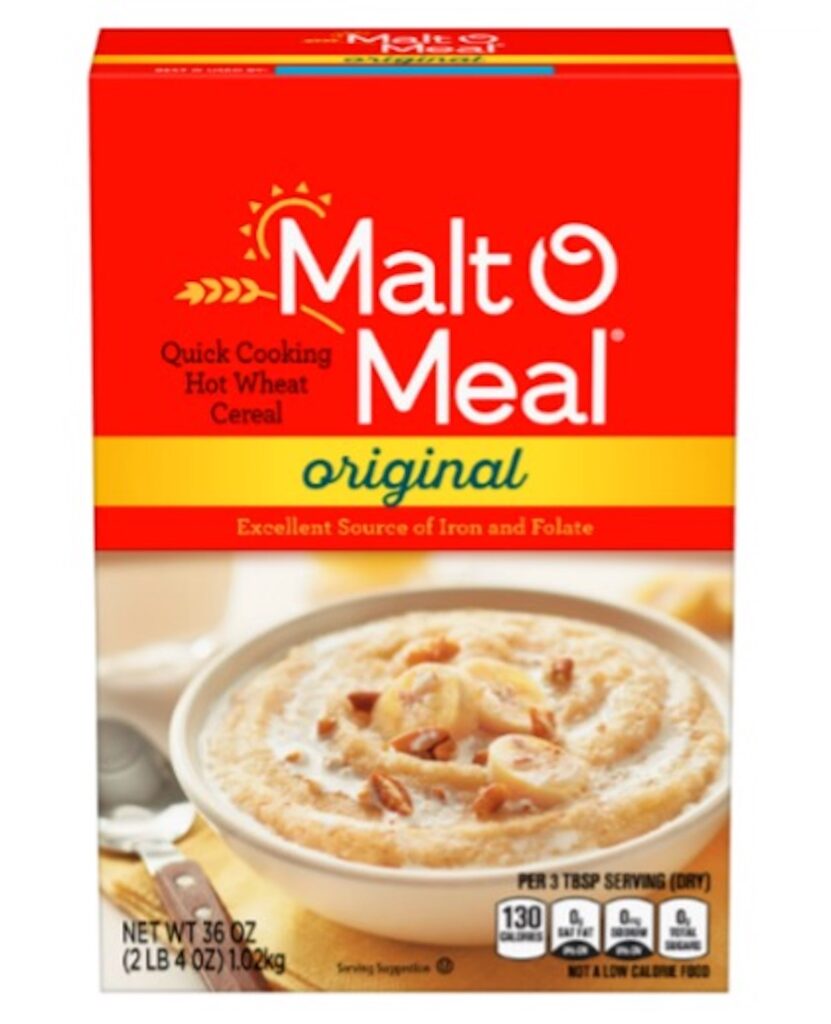
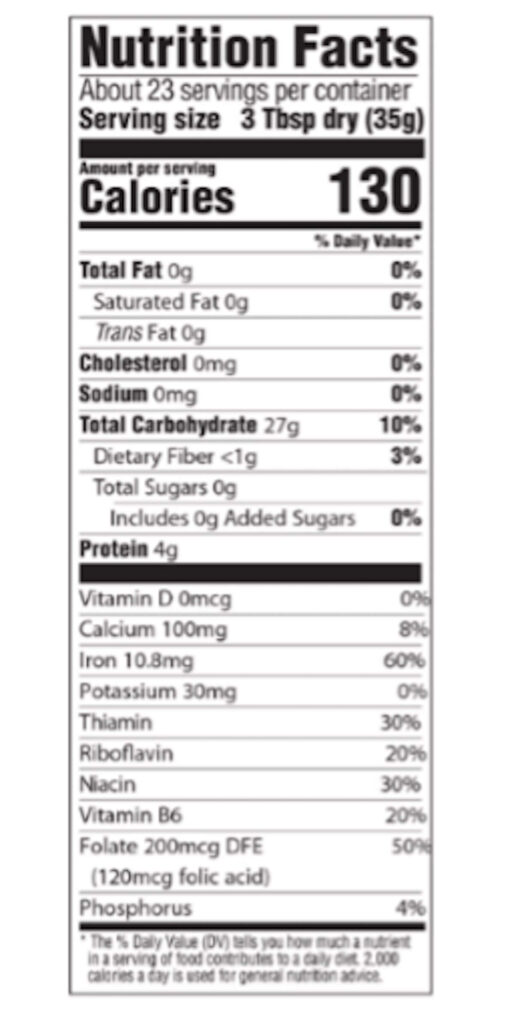
Although not as high in fiber as Shredded Wheat, it is naturally low in sodium as there are no added flavors or spices. This leaves room for you to flavor your cereal with fresh fruit, nuts, and spices like cinnamon and nutmeg.
3. Cream of Wheat
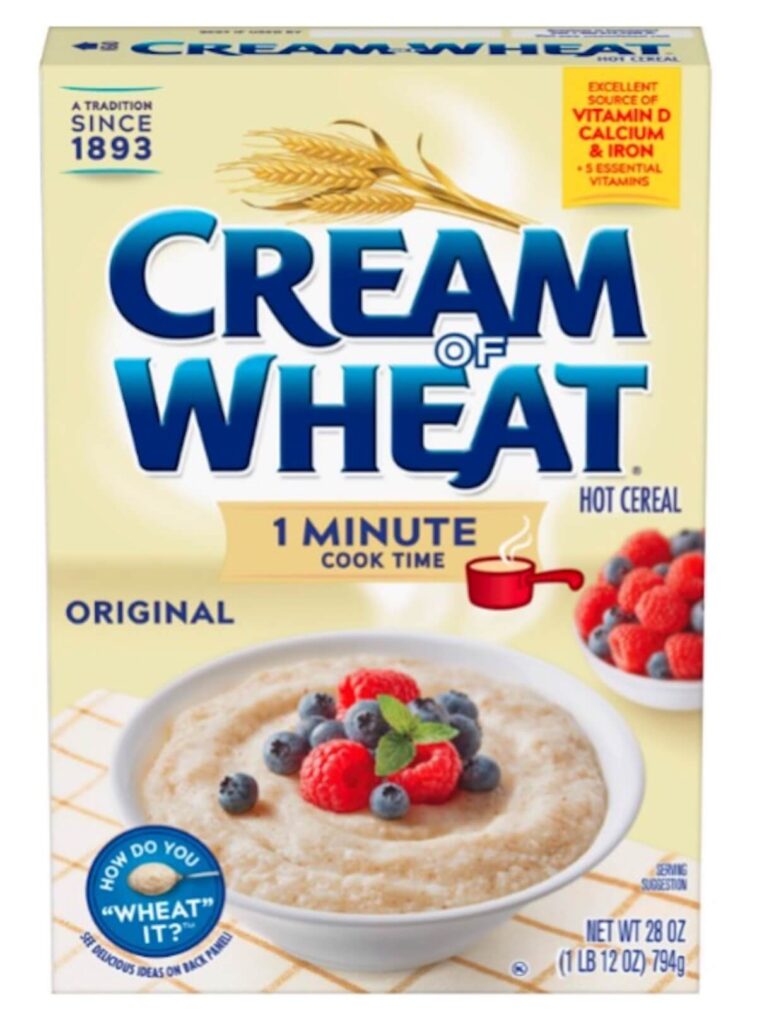
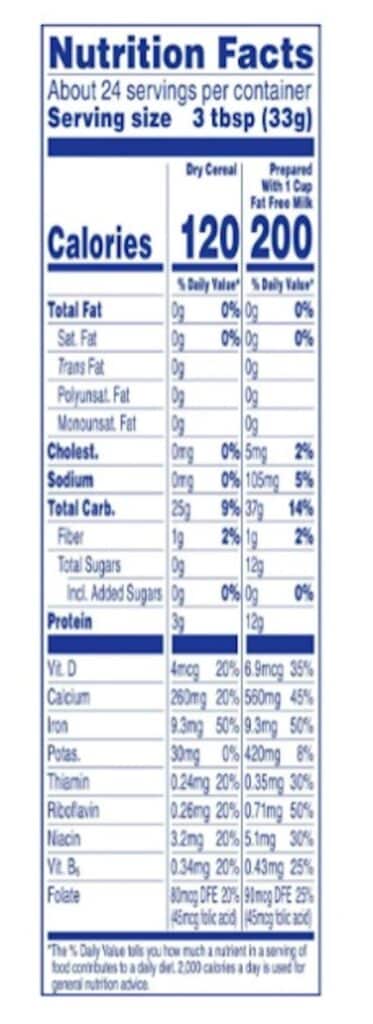
Similar to Malt O Meal, this variety is low in fiber, but also naturally sodium free.
4. Quaker Puffed Rice
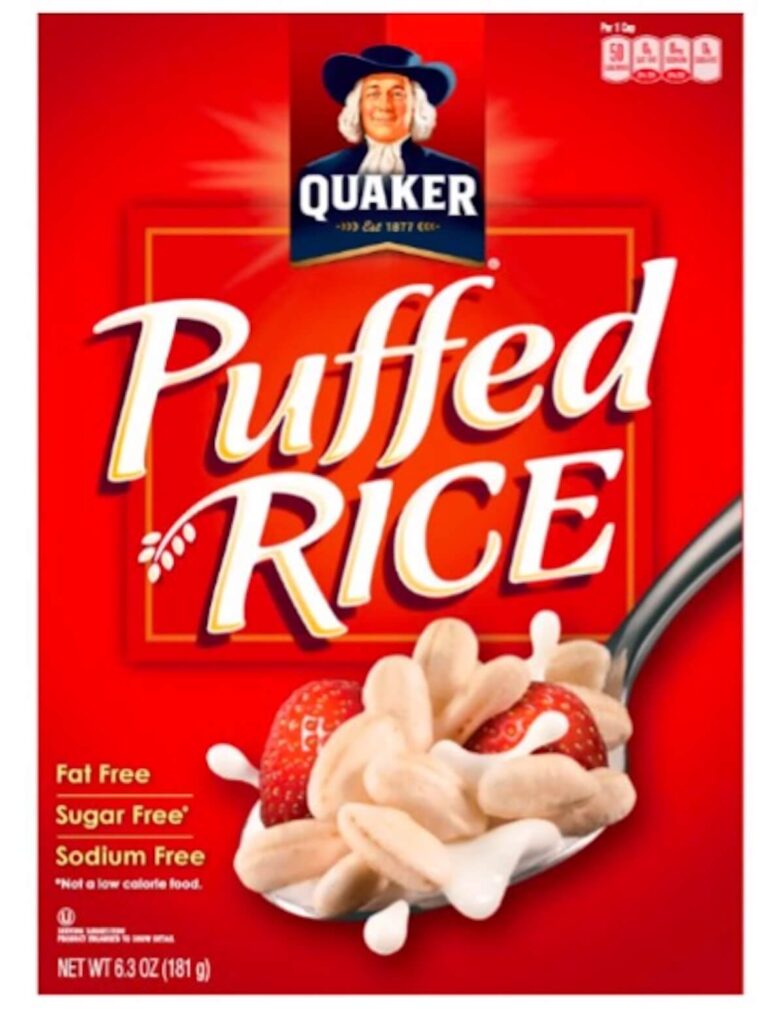
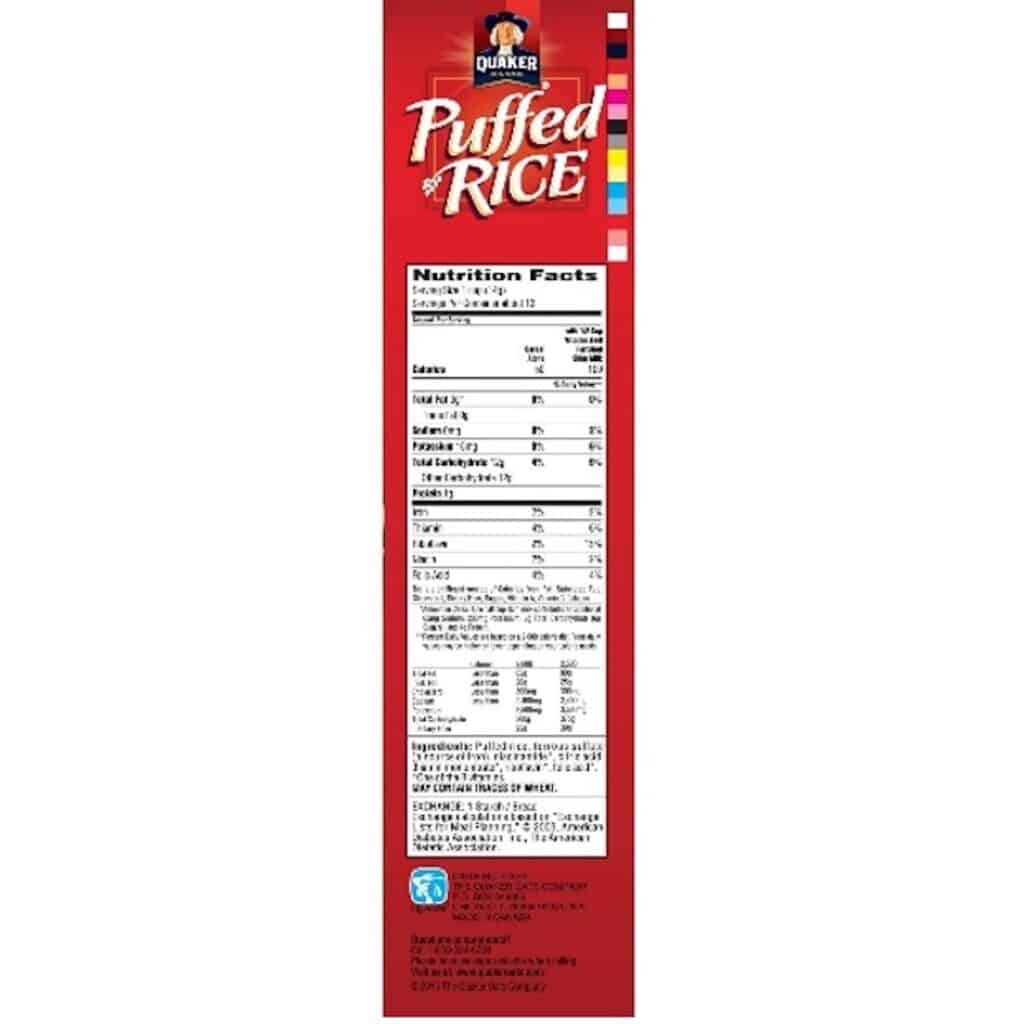
Another low fiber, low sodium option. Be sure to add fiber with fruits, nuts and seeds to boost its nutritional value.
5. Cheerios
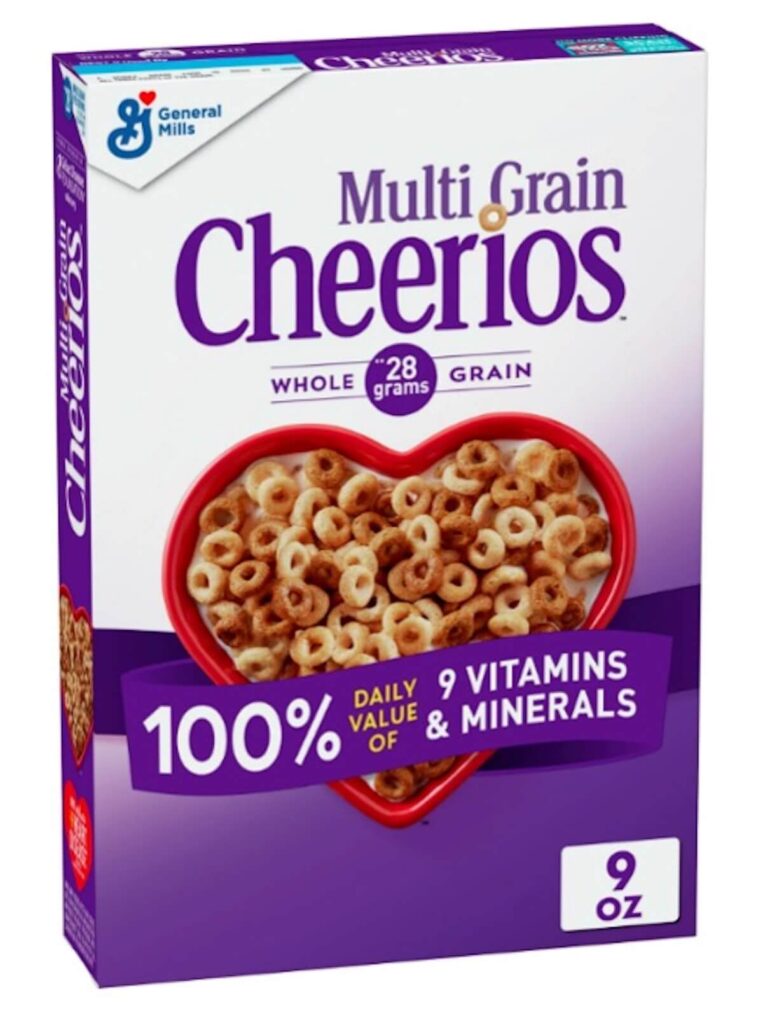
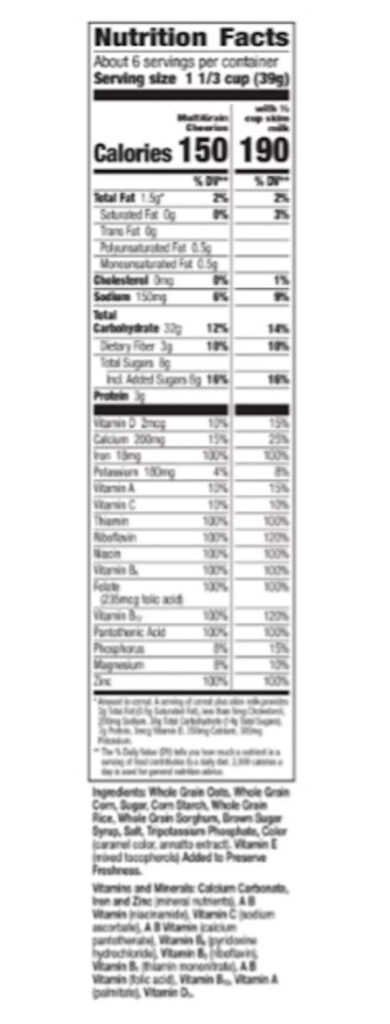
This popular cereal is low in sodium and made from oats, a whole grain! One serving contains 150 mg of sodium.
6. Kashi 7 Whole Grain Puffs
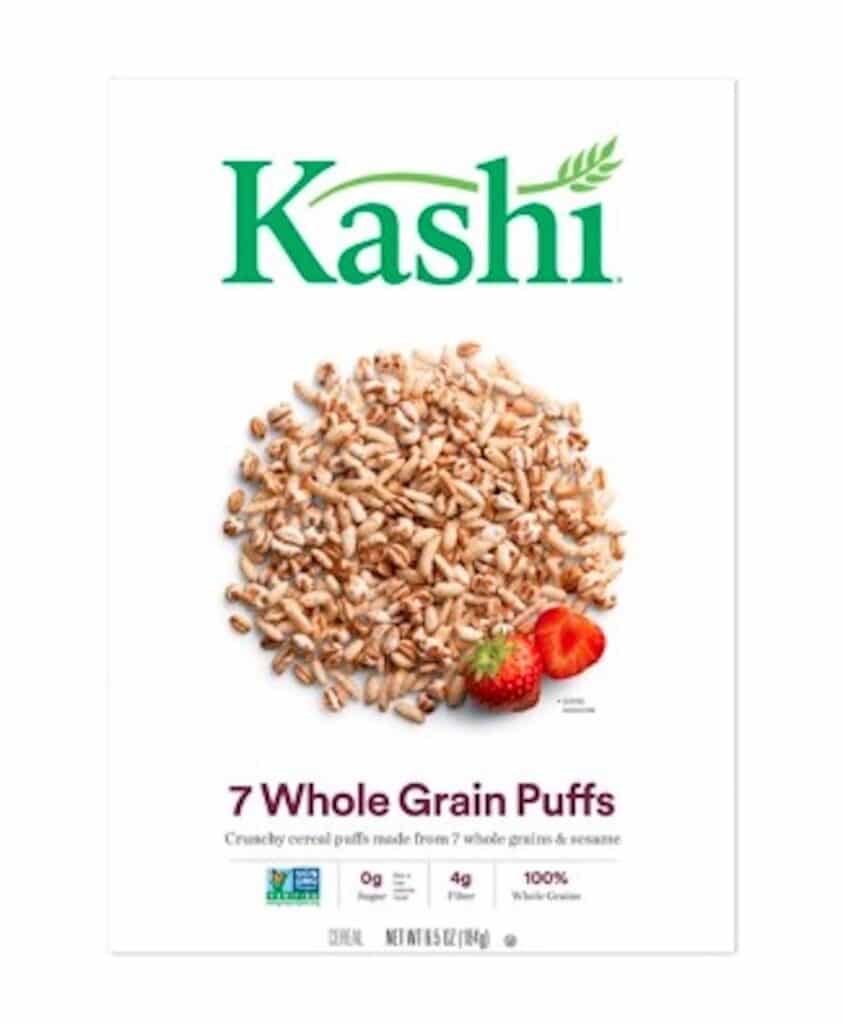
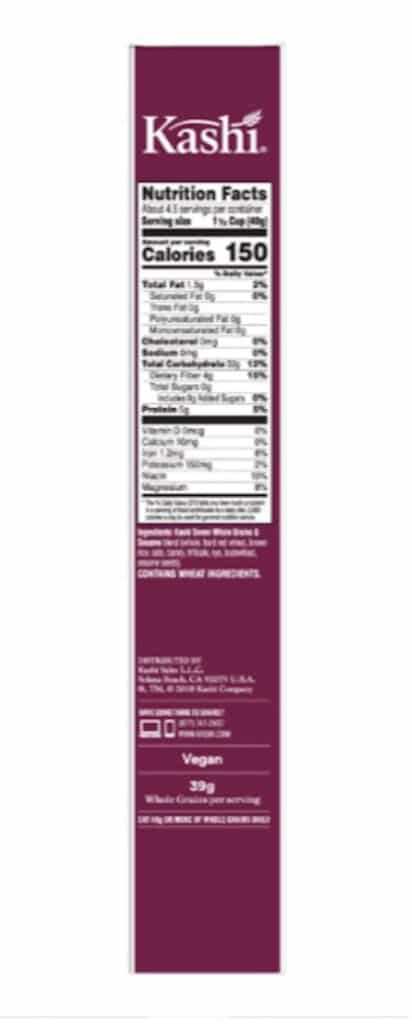
This cereal is made from a blend of whole grains and is naturally low in sodium to help you stay on track with a low sodium diet.
7. Steel Cut Oats
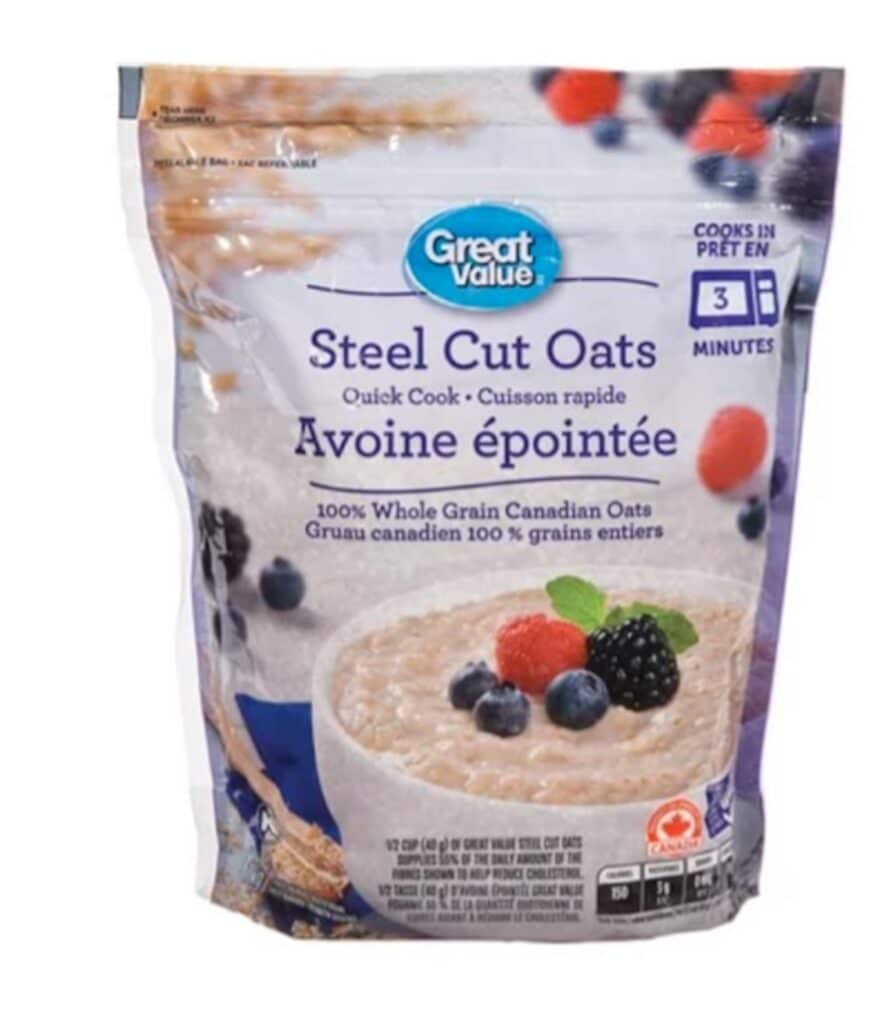
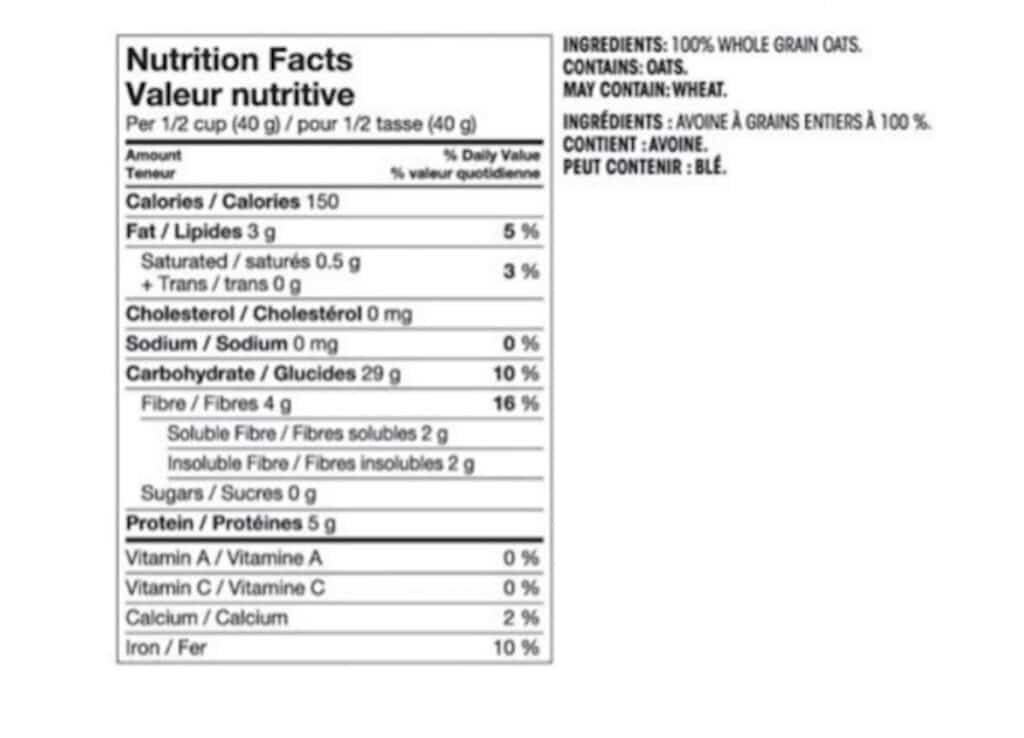
Steel cut oats are minimally processed oats, which means it is a whole grain and naturally low in sodium. The great thing about this cereal is that it is high in fiber, specifically soluble fiber that can help reduce your cholesterol levels. Other oat options are rolled oats which would be another great alternative with less fiber, but still low in sodium.
Check out some popular oat recipes on the blog:
Incorporate Low Sodium Cereal Into Your Breakfast Routine
Now you may be worried that low sodium cereals are bland. Here are some ways to enjoy low sodium breakfast cereals!
Cereal bowls are works of art, so get inventive! Try adding:
- Fruits to the cereal bowls, such as blueberries, strawberries, or bananas that have been diced up improves antioxidants. Dried fruits or frozen fruits can also be full of nutrients, flavor and a food that can lower blood pressure!
- Unsalted nuts or seeds that can unclog arteries (Almonds, chia seeds, hemp hearts, for example).
- You can try mixing different types of low sodium cereals together for a more interesting and flavorful breakfast.
- Make it into a parfait by layering low sodium cereal with plain Greek yogurt and fresh fruit.
- Try using it as a topping for yogurt, low sodium oatmeal, or smoothie bowls.
Benefits of Low Sodium Cereals
Low sodium cereals are a perfect addition to a low sodium diet, or for someone who has been prescribed the DASH diet for heart health.
Generally, breakfast cereals are convenient and easy to prepare. Finding a health low sodium option can make busy mornings more manageable.
- Cardiovascular Disorders– Reduces the risk of heart disease, as it can help manage high blood pressure thereby a prevention strategy for heart disease and stroke.
- Kidney Diseases– The kidneys are an important player in maintaining sodium amount in the body, excess sodium increases fluid accumulation and causes swelling and buildup fluid around lungs, heart and legs. You can reduce the strain of work for your kidneys by managing sodium intake.
If low sodium cereals are high in fiber, they can help with weight management as it can keep you full and satisfied throughout the morning. Another benefit of high fiber cereals is that it can improve digestion and promote regular bowel movements.
Low Sodium Breakfast Cereals
The image below summarizes the nutritional information of breakfast cereals, serving sizes, sodium amounts and calories (10).
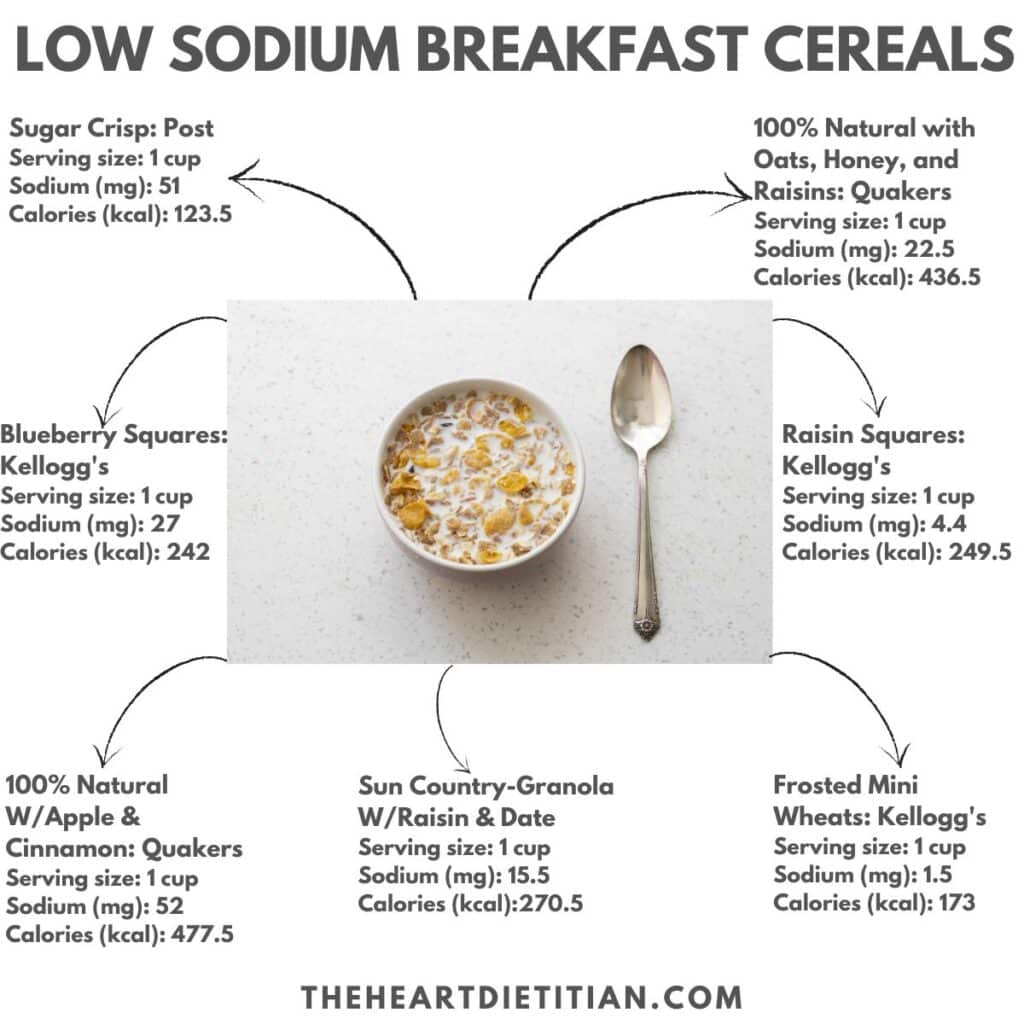
Final Thoughts
One meal that is crucial to not skip is the breakfast, as it supplies energy for your day.
Low sodium breakfast cereals are an easy and convenient way to stick with a low sodium diet and reduce potential health risks of consuming too much sodium.
Let me know in the comments if I missed one of your favorite low sodium breakfast cereals!


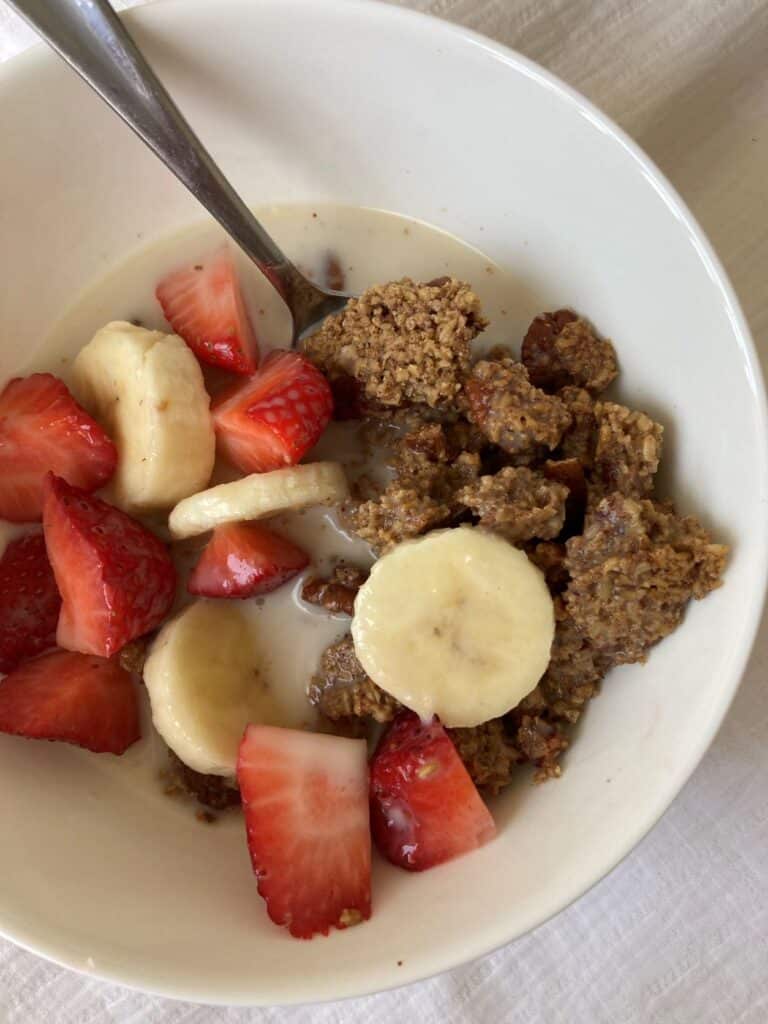
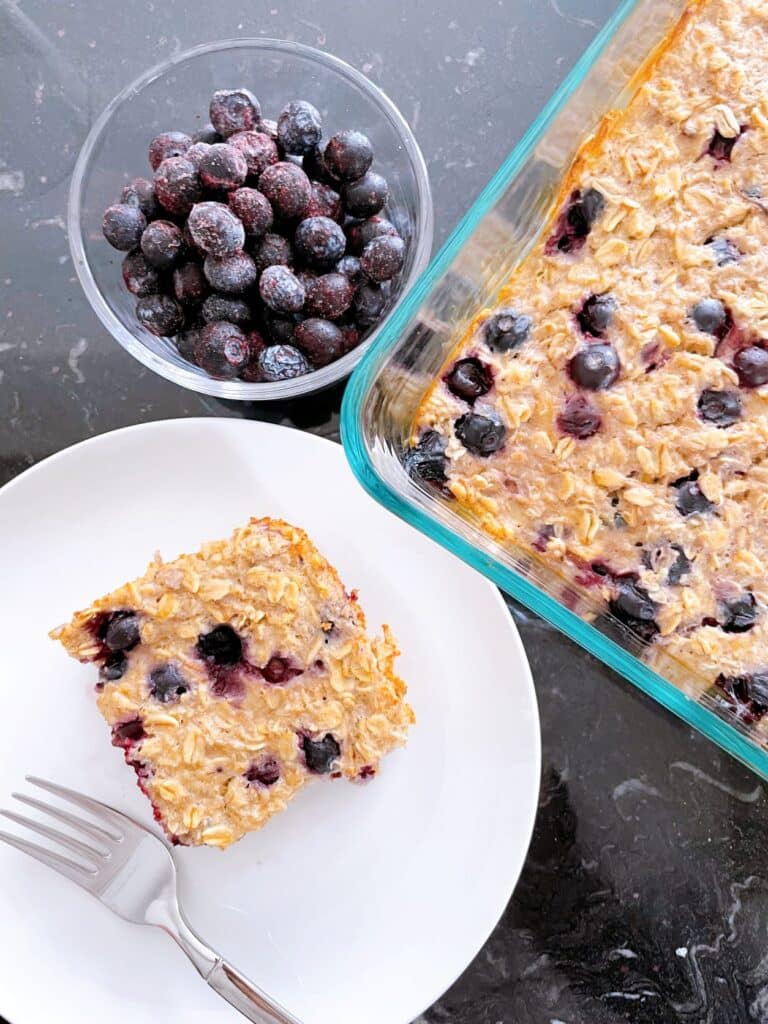
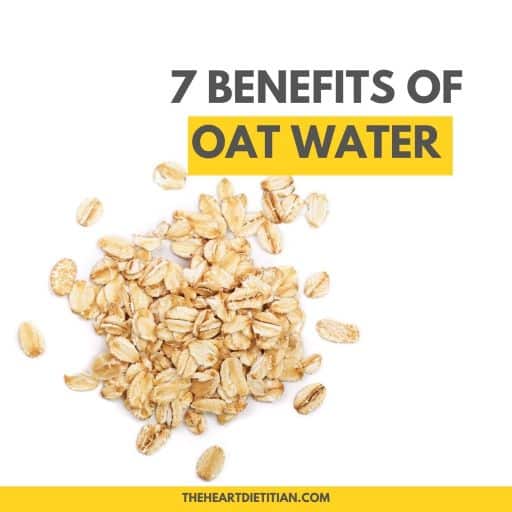
WOW!!!
I did not know there was salt in hot cereals. Thank you for this article and have a G R 8 tomorrow.
I’m glad you found this helpful Dennis! Hope you have a great day too!